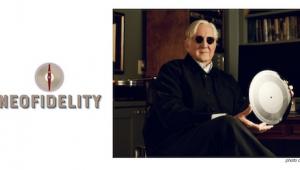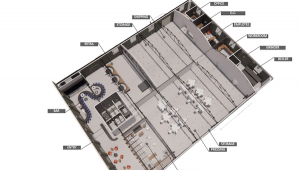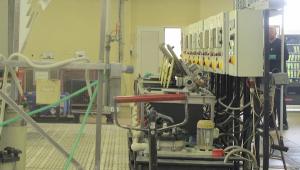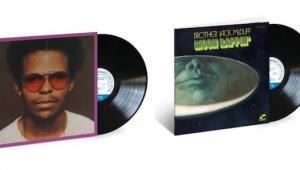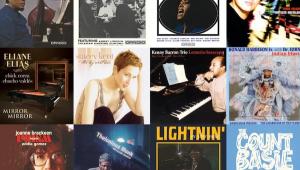Kronos Audio Products to Introduce Lower Priced Sparta Turntable at the International CES Show
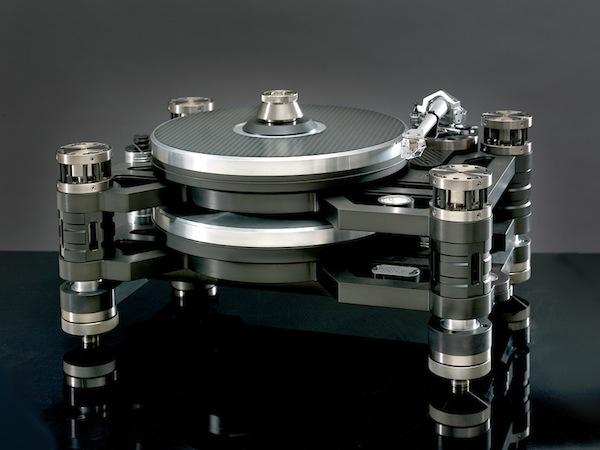
The dual-platters, spinning in opposite directions and driven by separate motors are said to solve the problem of "torsional forces" the company claims are inherent in typical spring suspended sub platter 'tables where the sub platter frame rotates in synch with the platter. In other words, as the platter spins, it produces frame movement because no platter, no matter how carefully balanced, is perfectly balanced.
While these torsional forces can be damped, the company claims its engineering completely eliminates torsional forces in its suspended designs, thus providing the isolation suspended 'tables can provide, without the torsional movement downside.
The company also claims that because the platter and arms of non-suspended designs are not isolated, both vibrations produced from within the system and those produced in the outside environment easily find their way into the system, producing sound that is "harsh, aggressive and glassy".
Naturally manufacturers of such turntables will beg to differ and probably have their own reasons to offer for why a dual platter, dual bearing, dual motor design produces its own set of issues, both mechanical and sonic.
The Kronos Sparta appears to be a beautifully manufactured and physically attractive design.




